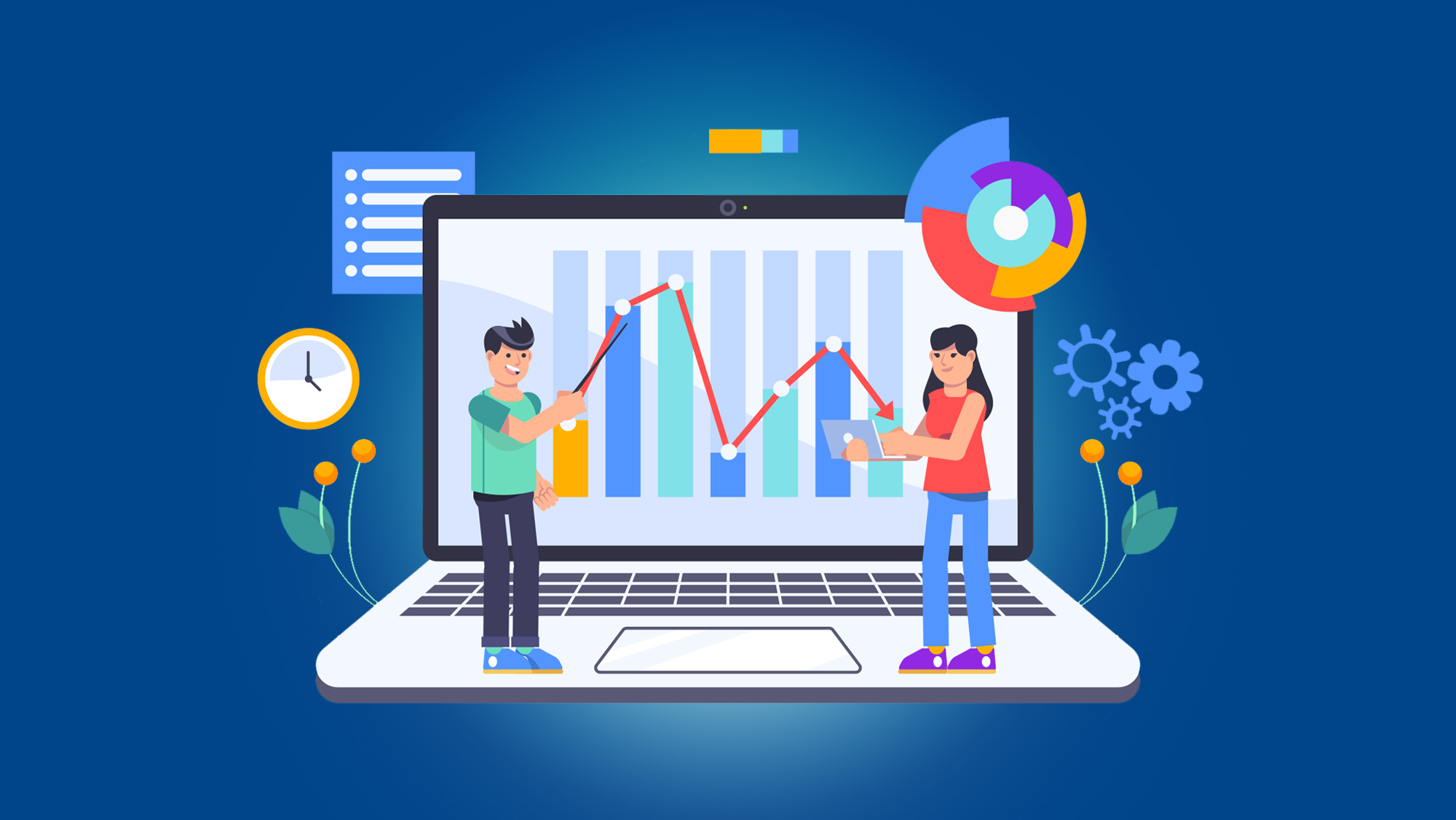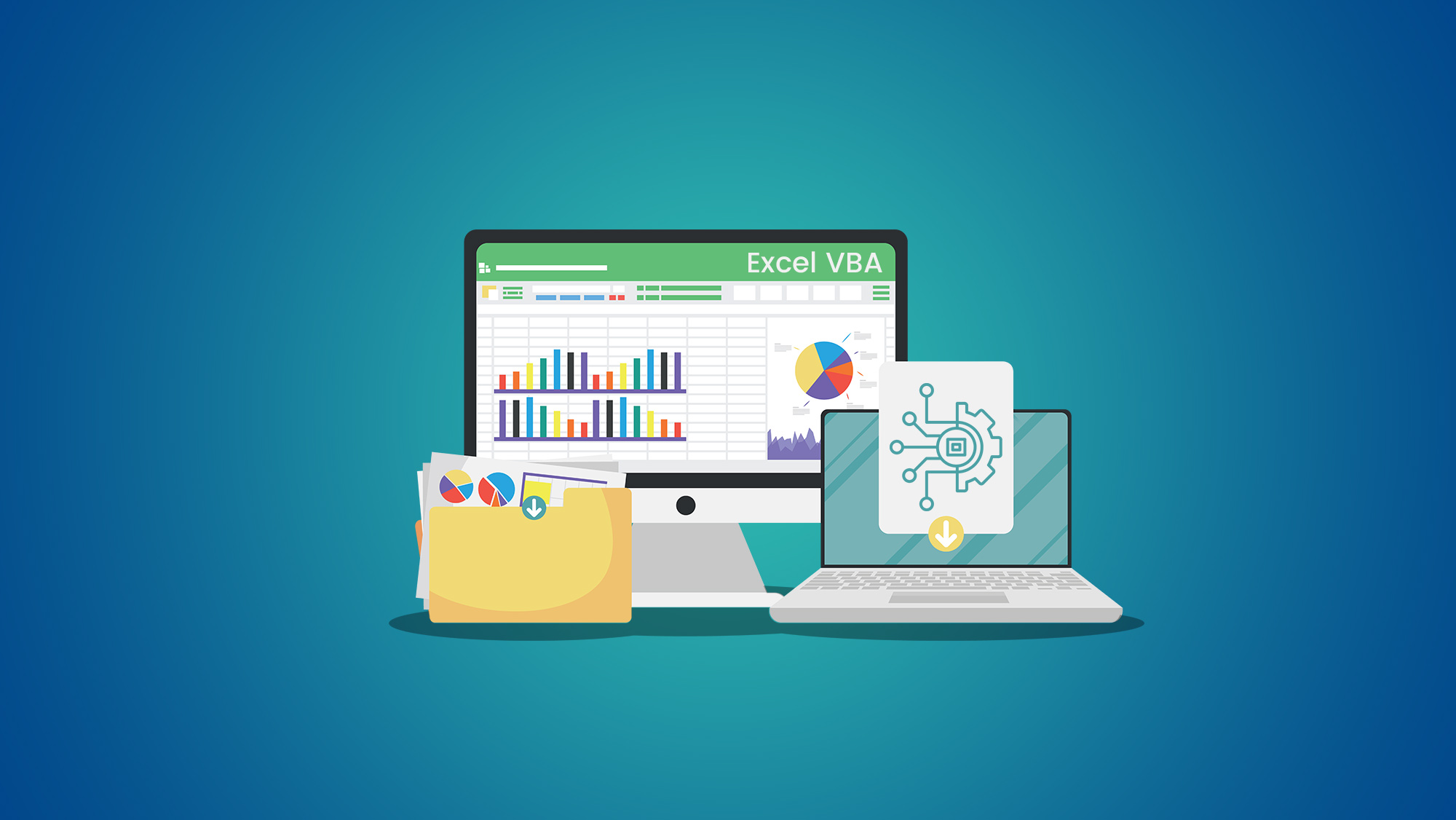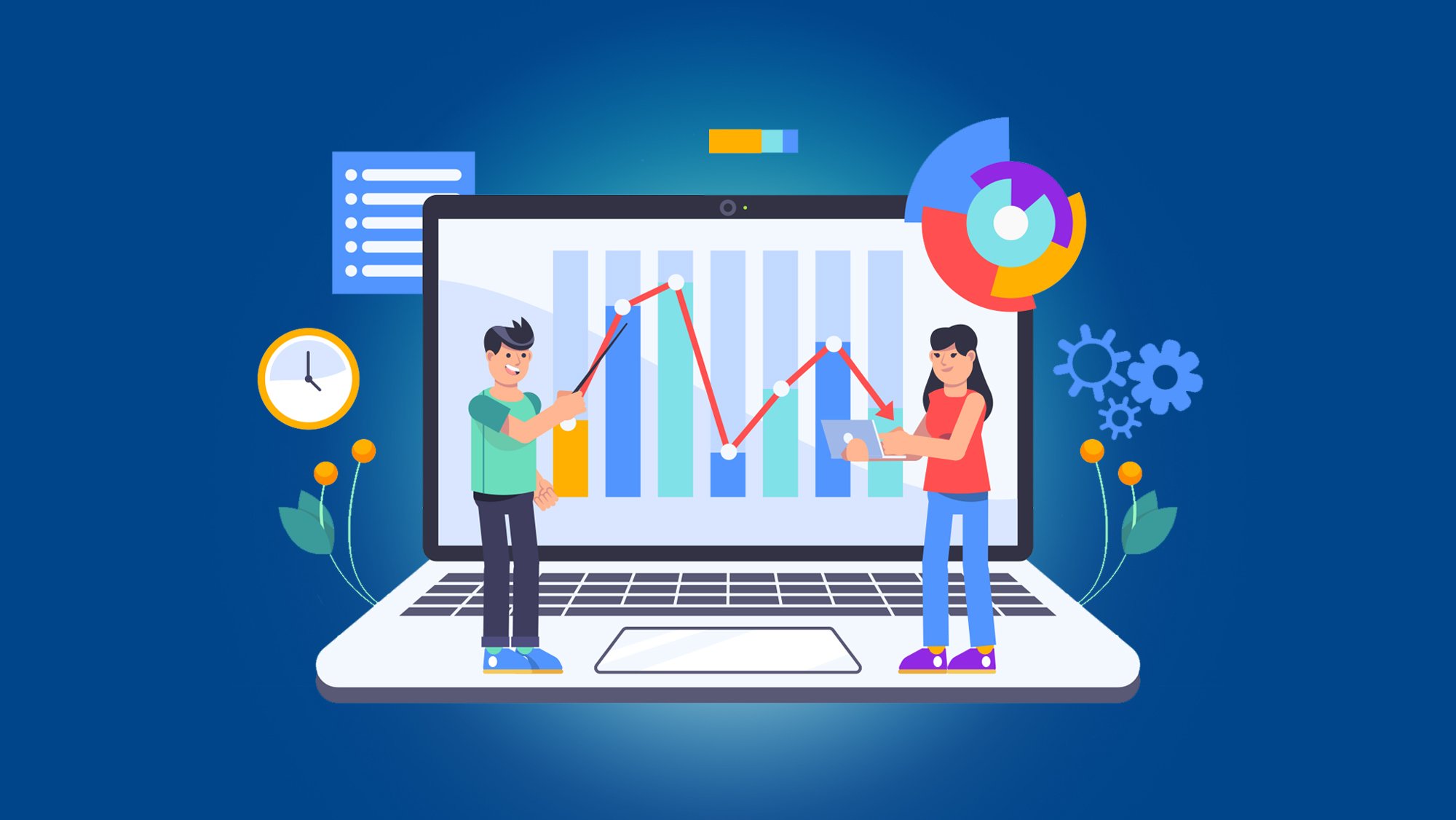Automate Your Way to Excel Success: Harnessing the Power of Macros
Introduction:
Microsoft Excel has long been a staple in offices and businesses worldwide, serving as a versatile tool for data analysis, reporting, and decision-making. While many users are familiar with the basics of Excel, there's a powerful feature that can significantly enhance your productivity and efficiency: macros. Macros enable you to automate repetitive tasks, streamline complex processes, and achieve Excel mastery. In this blog, we'll explore how to harness the power of macros and automate your way to Excel success.
1. Understanding Macros and Automation:
At its core, a macro in Excel is a recorded sequence of actions that you perform in the application. These actions can include formatting, data entry, calculations, and more. By recording and storing these steps, you can then replay them at any time with a single click, saving you valuable time and effort.
Automation in Excel is all about making your work more efficient. Instead of manually performing the same steps over and over, macros allow you to create a set of instructions that Excel can follow automatically. This not only reduces the risk of errors but also enables you to focus on higher-level analysis and decision-making.
2. Recording Your First Macro:
Let's dive into creating your first macro. Open Excel and navigate to the "View" tab. Click on the "Macros" dropdown and select "Record Macro." Give your macro a name and, if you like, assign it a shortcut key for quick access. Now, start performing the actions you want to automate. It could be something as simple as formatting a table or as complex as generating a report.
Once you've completed the steps, go back to the "Macros" dropdown and click "Stop Recording." Congratulations, you've just created your first macro!
3. Modifying and Enhancing Macros:
While recording macros is a great start, you'll often want to fine-tune and enhance them. Macros are recorded using Visual Basic for Applications (VBA), a programming language built into Excel. By editing the VBA code, you can customize your macros and add more functionality.
For instance, you can introduce logic, create loops, prompt for user input, and even integrate with external data sources. The ability to dive into the code gives you limitless possibilities for automation, tailored to your specific needs.
4. Practical Use Cases for Macros:
Macros can be applied to a wide range of scenarios, from automating monthly financial reports and data cleaning tasks to creating interactive dashboards and conducting simulations. Here are a few practical use cases:- Data Cleaning and Transformation: Use macros to automate data cleaning, standardization, and transformation processes. This is especially useful when dealing with large datasets.
- Report Generation: Automate the creation of reports by recording the steps to generate charts, pivot tables, and summary tables. With macros, you can generate consistent reports with a single click.
- Repetitive Formatting: If you find yourself formatting cells, fonts, and colors repeatedly, macros can streamline these tasks and ensure uniformity.
- Interactive Dashboards: Create interactive dashboards that allow users to select parameters and update data visuals with the click of a button.
- Data Analysis: Automate complex data analysis tasks, such as regression analysis or scenario simulations, to expedite decision-making.
5. Tips for Effective Macro Usage:
- Plan Ahead: Before recording a macro, outline the steps you want to automate and consider any potential variations or exceptions.
- Keep It Simple: While macros can handle complex tasks, start with simpler automations and gradually build your skills.
- Test and Debug: Always test your macros on sample data before applying them to critical projects. Debugging tools in VBA can help identify and fix errors.
- Document Your Macros: Add comments to your VBA code to explain the purpose and functionality of your macros. This will make it easier for you and others to understand and maintain the code.
Conclusion:
Excel macros are a gateway to Excel mastery. By automating repetitive tasks and streamlining complex processes, you can significantly enhance your productivity and effectiveness. Whether you're a financial analyst, data scientist, or project manager, harnessing the power of macros empowers you to focus on what truly matters—making informed decisions and driving success. So, start exploring macros, experiment with automation, and watch as Excel becomes an even more indispensable tool in your professional toolkit.
You May Also Like
These Related Stories

Everything You Need to Know About Excel Macros Training

Mastering Excel VBA: Unleashing the Power of Automation




No Comments Yet
Let us know what you think